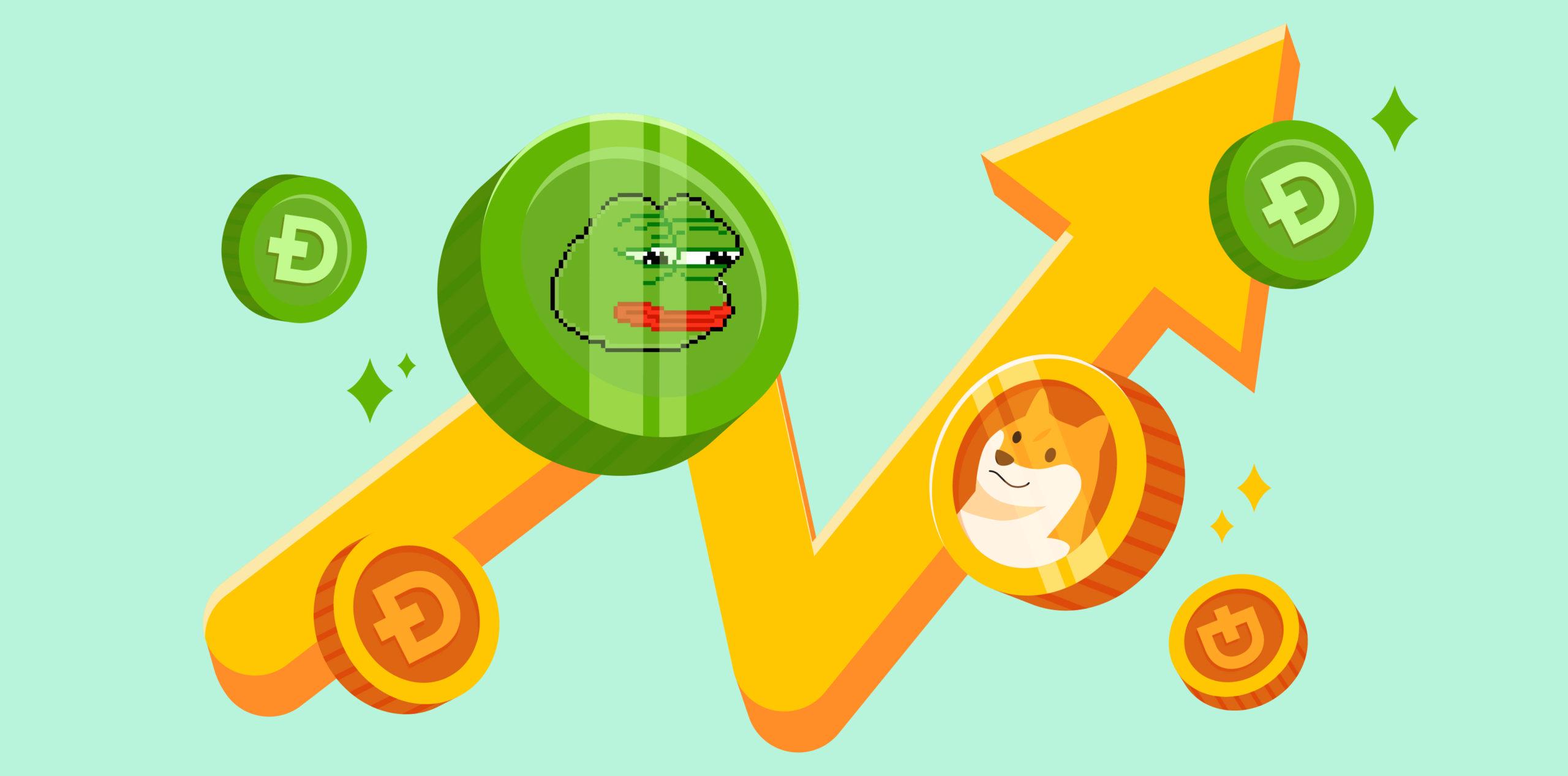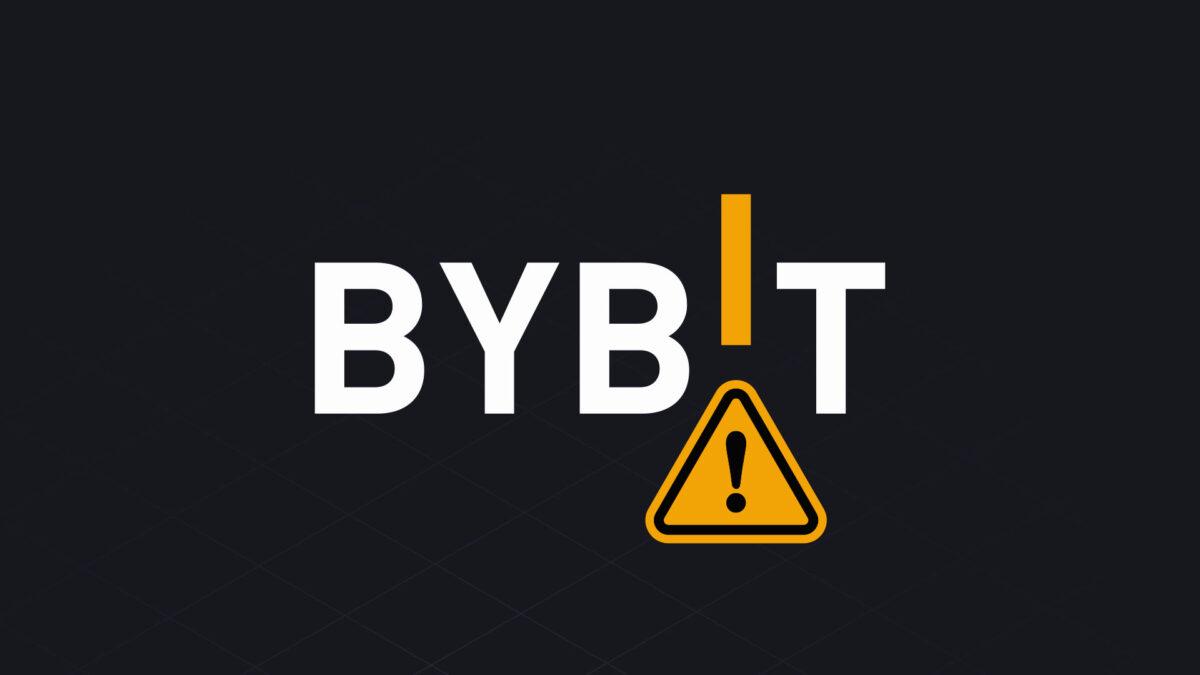
在上一期文章中,Portal Labs分析了Web3项目投资的常见陷阱:从盲目追逐热点到高估值泡沫,再到合规风险,这些坑让不少投资者付出了沉重代价。然而,靠运气投机永远不是解决方案,想要在Web3领域站稳脚跟,我们需要建立科学的筛选框架。
本篇文章,Portal Labs将为大家介绍几个主流筛选维度,帮助大家初步建立Web3项目的识别路径,在接下来的牛市中避开风险,把握机会。
*这篇有点长,请大家耐心阅读~
选对Web3赛道,投资成败的第一步
然而,Web3市场的热点总是瞬息变化,今天可能是某个L2,明天就会变成哪个MEME。再者说,作为项目投资,哪个火投哪个,一方面你已经错过了预伏期,另一方面人项目还愿不愿意让你参与这事儿更不好说。因此,Web3投资者不能追着热点跑,而是要提前布局。
那么,问题来了:我怎么预知未来呢?
对于咱们刚参与Web3或者没有精力完全研究透的投资人来说,能不能投资,最简单粗暴的方法就是看专业投研机构的动向。诸如a16z、Messari、富兰克林邓普顿、Matrixport等Web3头部投研机构,都会在年末发布来年Web3主流赛道,部分也会列举代表性项目作为举例。
虽然说,这些都是预测,但对比起来可以发现通性:比如2024年主流赛道,大部分预测都指出AI+将是本年度的热点之一,而根据Coingecko的数据,AI+板块整体市值上涨了2,940%。再比如2025年的主流赛道预测,几乎所有报告都表示AI代理(AI Agents)将是明年的一大热点。而这,就是你接下来可以重点关注的顺风口。
选对商业模式,能赚钱才活得更久
Web3行业中,商业模式不仅决定项目的生存能力,也直接反映了其可持续性。一个成功的商业模式必须兼顾收益来源、增长机制和代币经济模型,形成完整的盈利闭环。
收益来源:赚钱能力决定项目生命线
收益来源是衡量项目稳定性的重要指标。一个项目,只有实现了盈利,才有能力拓展服务及用户,形成正向循环。
比如Uniswap,该项目通过收取手续费模式,不仅保障了现金流,还形成了自我强化的商业闭环。Uniswap的AMM(自动做市商)模式解决了流动性问题,同时吸引了大量交易用户,在市场波动中依然保持收入增长。
反观一些纯依赖代币升值吸引投机者的项目,它们往往缺乏实际业务支撑。一旦市场热度下降或代币价格崩盘,资金链很快就会断裂。
增长机制:短期激励与长期需求并重
用户增长和留存机制决定了项目的市场竞争力。Web3项目早期常依赖代币激励(比如空投)吸引用户,这种策略可以迅速带来流量,但长期发展仍需要解决用户粘性和需求问题。
Aave是一个典型的成功案例。它通过流动性挖矿和贷款机制吸引用户存入资产,同时提供借贷服务,为平台锁仓量和活跃度提供支撑。此外,Aave通过闪电贷功能进一步提升用户使用率,逐渐从激励驱动转向实际需求驱动,形成长期增长逻辑。
代币经济模型:设计决定生态稳定性
代币经济模型是Web3项目的核心架构,直接影响代币价格、市场情绪和投资回报。合理的代币发行与锁仓机制能够控制流通供应,减少价格波动,形成良性循环。
这里就不得不提到BTC,当初中本聪设计的四年减半模型,每次都会对BTC币价造成很大的影响。根据价格图显示,每次减半前的几个月会有一次涨幅,随后回调半年后迅速暴涨,2024年的减半事件同样符合这一规律。
选对Web3团队,人员背景赋予信任
团队是Web3项目的灵魂,决定了项目的起跑线和成长潜力。在技术驱动的加密行业,创始团队的资历、技术能力和资源网络不仅影响项目的稳定性和发展速度,更直接决定了市场对项目的信任度。然而,信任并不是天生具备,而是需要通过具体分析来验证。
专业背景:履历决定可信度
优秀的Web3团队通常具备跨领域的专业背景,尤其是在区块链开发、金融市场或产品设计等方面。打个比方,现在有两个类似的L2项目,一个团队里有以太坊早期知名开发者,长期在Github上贡献代码;另一个团队的成员都是寂寂无名的新人,你更倾向于投资哪个?项目大部分都会选择前者。
俗话说得好,知己知彼百战不殆,用在投资领域也是如此。
技术实力:代码是最好的证明
Web3本身就是,code is law(代码既是法律),因此技术落地能力是检验团队实力的核心指标。
一个真正专注开发的团队,不仅会定期更新代码,还会保持社区活跃度,吸引开发者参与和贡献。早期Filecoin未上线时期,其github极其活跃,无论是官方团队还是“编外”团队(很多非官方的技术人员也参与了开发与测试),都长期高频更新代码库。
反之,由于Web3崇尚开源共享,所以也导致近年来部分项目通过拷贝底层代码架构的方式,快速推出新项目“圈钱”。这一做法,常被Web3用户诟病,且大部分都属于快速割韭菜。
顾问资源与合作伙伴:背书与信任的放大器
除了创始团队和开发实力,顾问资源与合作伙伴也是衡量团队可信度的重要因素。顶级VC的投资或知名顾问的加入,往往意味着项目得到了专业机构的认可,同时也为项目带来了更多市场资源。例如,a16z投资的项目不仅资金充裕,还能获得市场营销和行业拓展支持。Polygon就是一个通过资源整合崛起的例子。早期,Polygon获得了Binance Labs和Coinbase Ventures的战略投资,不仅提升了市场曝光度,还吸引了更多开发者加入生态建设。
选合规项目,走得稳才能走得远
Web3行业正逐步告别“野蛮生长”的阶段,全球监管环境日趋收紧,合规性已经成为项目发展的生死线。无论是融资、市场拓展,还是用户信任,合规都是决定项目能否长远运行的关键。然而,在快速变化的市场中,如何判断项目是否真正合规?
持牌与法律合规:市场信任的第一步
持牌与法律合规是合规审查的基本标准,也是一道硬门槛。获得牌照不仅意味着项目通过了监管审查,还能直接提升市场信任度和机构关注度。例如,HashKey Exchange依托香港虚拟资产交易牌照,成为合规交易平台的典范。其获得牌照后,吸引了大量机构的合作,同时也吸引了大量用户及资金的入场,一跃成为全球前十的中心化交易所。
注册地与运营政策:政策友好的重要性
一个项目的注册地决定了其所处的监管环境,而不同地区的监管政策差异巨大。像香港、美国、新加坡等地区已经建立了较为成熟的虚拟资产监管框架,Web3项目在这些地区运营更容易获得合规支持。相比之下,某些法律灰色地带虽然短期内监管宽松,但随时可能因为政策变动而陷入困境。例如2021年中国全面禁止加密货币交易,导致大量项目和矿工被迫迁移,市场一度陷入动荡。同样的情况也发生在2023年印度尼西亚,其政策收紧后,不少Web3初创企业被迫停运。
代币发行与融资合规:防止非法集资陷阱
合规性不仅体现在运营资质,也体现在代币发行和融资过程中。我们都知道,在中国是不能发行代币也不能进行ICO;而在美国,发行代币也需要注意证券和商品的区别,同时融资的方式也会决定代币的属性问题。例如BitConnect通过Ponzi模式吸引投资者,却在2018年被美国SEC起诉为非法证券发行,最终导致投资者损失惨重。另外,透明的代币发行流程和KYC/AML(反洗钱)标准合规操作,能够显著降低非法集资和市场操纵的风险。
跨境合规:全球化与政策差异带来的挑战
Web3项目往往跨越多个国家运营,这也带来了跨境合规的挑战。例如美国的SEC对“证券型代币”的定义较为严格,而欧洲的MiCA(加密资产市场法案)则更倾向于规范化代币交易市场。这意味着项目需要同时遵守不同司法管辖区的法律要求,才能确保国际运营的合规性。
也正是由于各国合规要求的不同,很多Web3项目选择在设立中就选择在不同的国家分别进行牌照申请。这里就不得不提到Binance十多个国家的牌照申领战绩。
投资是持久战,策略比运气更重要
Web3市场从不缺乏机会,但机会背后也总是伴随着风险。从短期热点到长线布局,从盈利模式到团队背景,从合规运营到跨境监管,每一个环节都可能成为影响投资结果的关键变量。
但需要注意的是,市场是动态变化的,没有任何一套策略能够一劳永逸。投资Web3不仅是一场技术与资本的博弈,更是一场信息与耐心的较量。面对瞬息万变的市场,投资者需要保持持续学习的态度,动态调整策略,才能在牛熊转换中保持优势。






